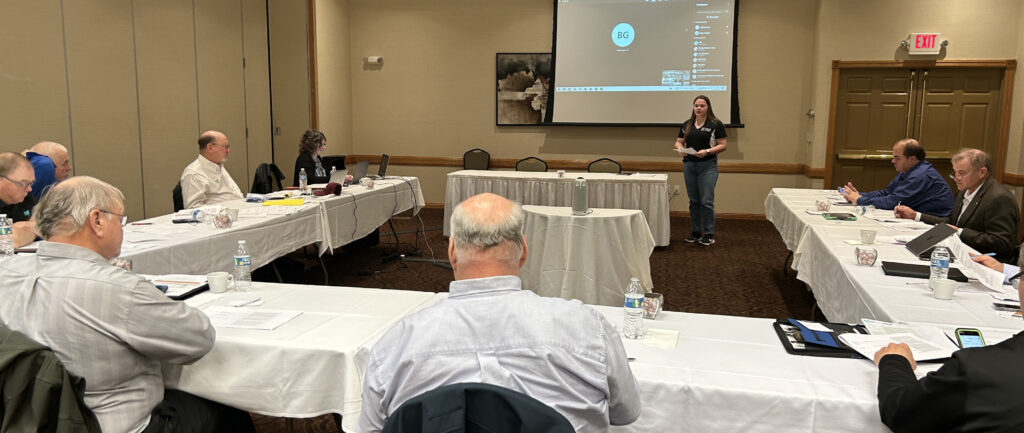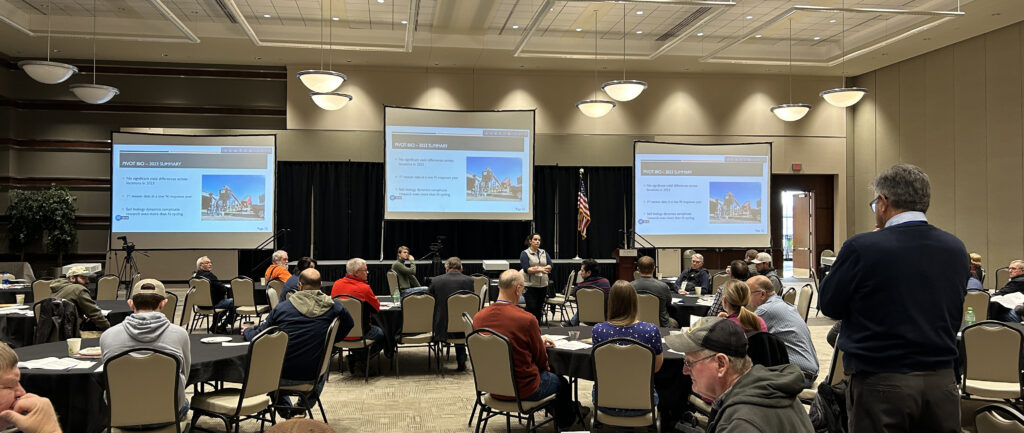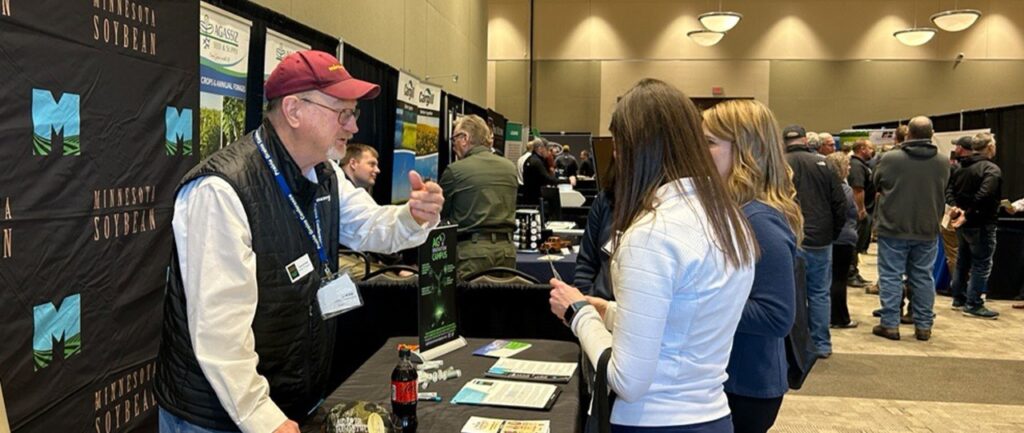This article was written by Minnesota Soybean’s Director of Research David Kee.
Native to the southwestern United States and northwestern Mexico, Palmer amaranth is a dioecious (has male and female plants) annual with high seed production (estimated up to ½ million/plant). During optimal conditions, it has an extremely fast growth rate (measured in inches per day) and has developed resistance to several important herbicide groups. Crop loss has been documented to exceed 65 percent, dependent on weed population and pressure.
Simply put, the widespread presence of Palmer amaranth is a problem we don’t need in Minnesota.
First, let’s go back in time a bit (For reference, see figure 1, at the bottom of this page). The Minnesota Department of Agriculture (MDA) listed Palmer amaranth as a prohibited noxious weed as a result of infestations found in Iowa. In 2016, the plant was first confirmed in Minnesota in Yellow Medicine and Lyon counties on newly established CRP plantings (33 fields confirmed). As a result of contaminated seed used for these conservation plantings, MDA also listed Palmer amaranth as a Prohibited Noxious Weed Seed that winter.
An eradication program was developed, then implemented that fall and continued through the next year. In 2017, Palmer amaranth was confirmed in Todd and Douglas Counties in additional CRP plantings (9 fields confirmed).
An eradication plan was implemented immediately for those counties in the fall of 2017 and monitoring continued through 2018. In the spring of 2018, Palmer amaranth seed was confirmed by MDA through a genetic test on a seed lot used to plant a significant number of CRP acres in four NW Minnesota counties (14 Plantings). However, to date, no Palmer amaranth plants have been found growing on those sites. All CRP locations in 2016 and 2017 are believed to be tied to an isolated source and is under investigation by MDA.
This fall (2018), a limited number of Palmer amaranth plants (2 females and 3 males) were discovered, for the first time, in row crop sites. Two soybean fields in Redwood and Jackson counties were found to contain Palmer amaranth. It is currently thought this weed was transported to the sites via contaminated products or equipment. Once confirmed, all the plants were destroyed; no Palmer amaranth seed was discovered on either site.
A five-mile radius survey was conducted in both counties, revealing no additional Palmer amaranth was found. The eradication programs at all sites appear to be successful, as monitoring of the impacted sites reveal no new Palmer amaranth plants have been found once the eradication program has been implemented.
It’s important to note that Minnesota’s native seed industry has greatly increased its efforts to eradicate Palmer amaranth and ensure their seed is weed-free. If not for one bad actor, we might not have Palmer amaranth in CRP in the state.
MDA and the University of Minnesota Extension have provided eradication and outreach support for the management of invasive Palmer amaranth. Anthony Cortilet, MDA’s noxious and invasive weed program supervisor, reports all Palmer amaranth discoveries in Minnesota have been made by farmers and landowners with assistance from their crop consultants. Cortilet thinks grower involvement is critical to the discovery of new Palmer amaranth plants. Identification of Palmer amaranth is discussed here.
To report sightings of invasive Palmer amaranth, growers can contact MDA directly, or through their crop advisors, such as crop consultants, UMN Extension and/or NRCS personnel. So far the professionals are working together on this and it’s been efficient to this point. At this time, MDA is not releasing the location information of farmers.
Below are contacts and resources for reporting Palmer amaranth.
Minnesota Department of Agriculture
Email: arrest.the.pest@state.mn.us (visit website for information to include)
Anthony Cortilet – Anthony.Cortilet@state.mn.us or 651-201-6538
UMN Extension
Jeff Gunsolus – gunso001@umn.edu or any of the UMN Extension Educators
Minnesota Soybean
David Kee – david@mnsoybean.com or 507-388-1635







